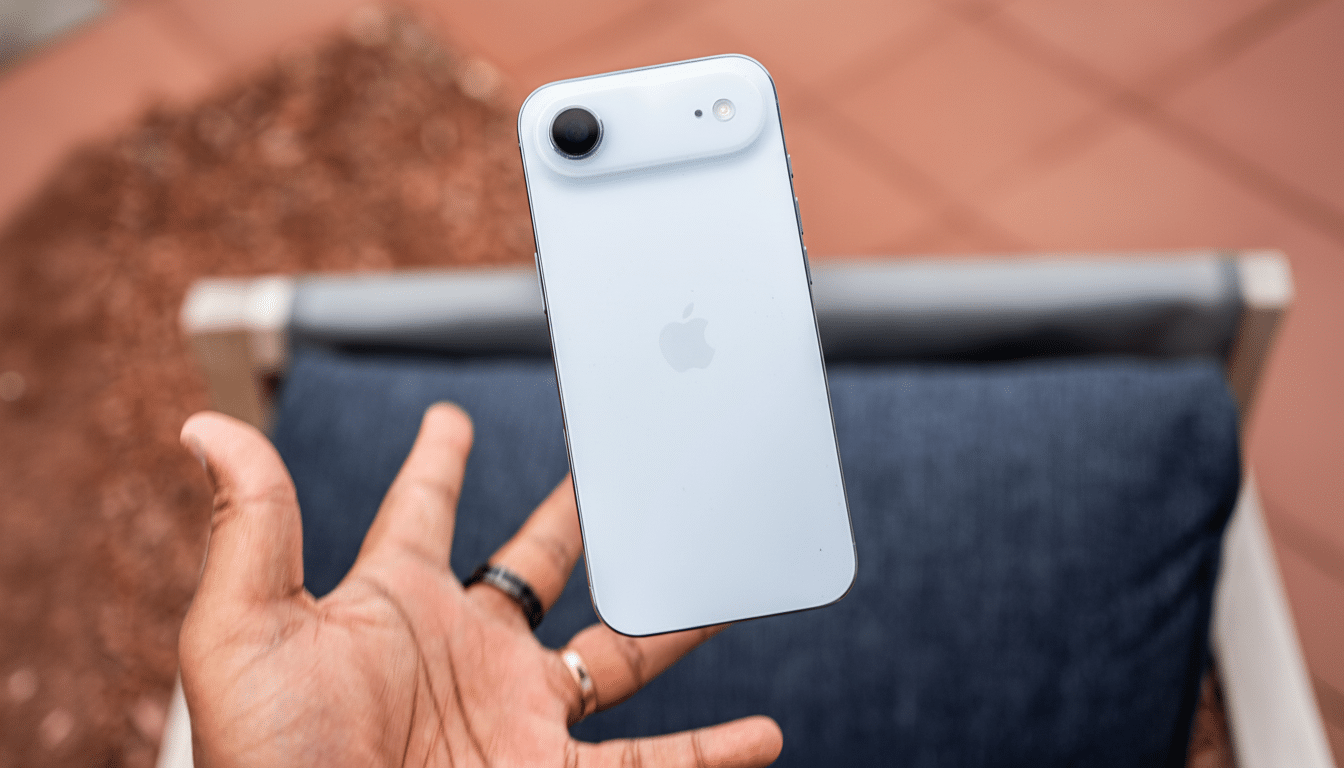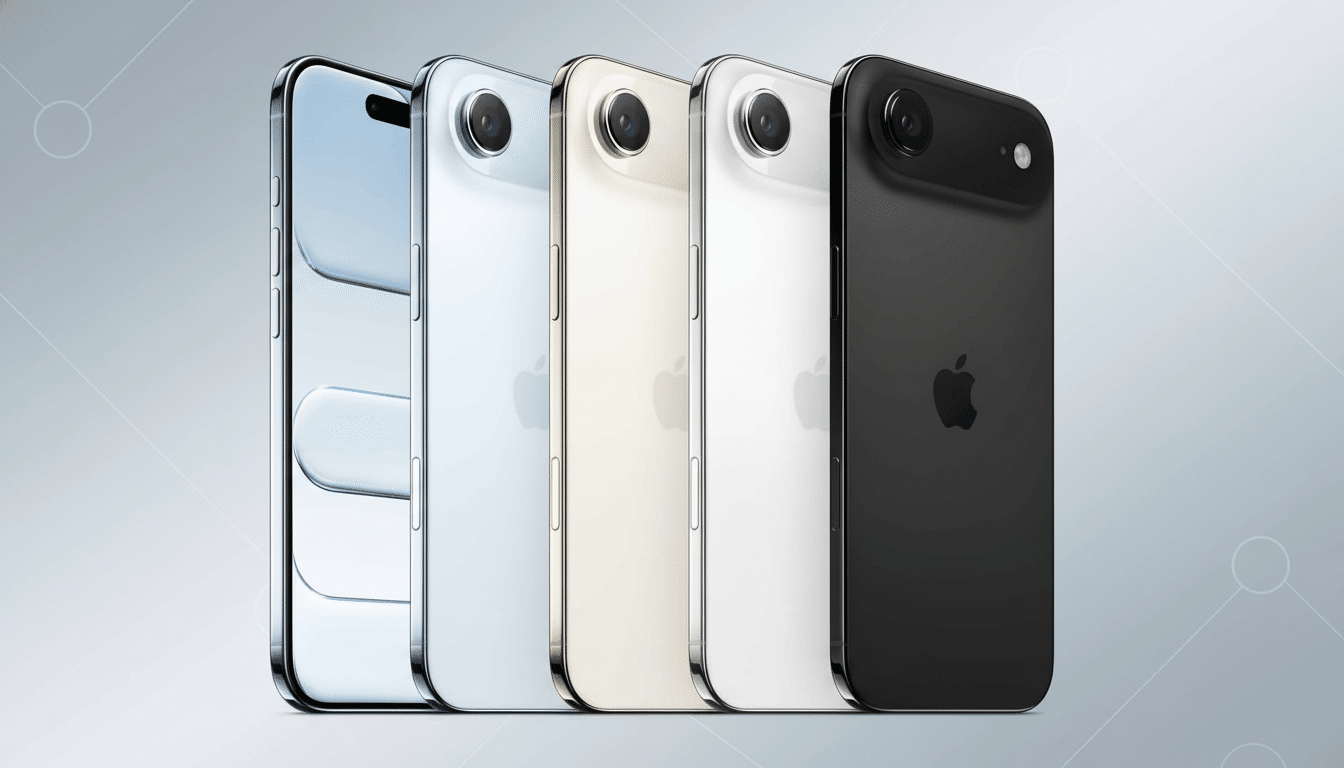Samsung took a gamble that an ultra‑thin flagship would ride a wave of excitement for Apple’s iPhone Air. Instead, the tide never rose. Now, with Apple’s lithe experiment not seeing the consumer love expected, industry chatter in Korean trade media has it that Samsung is halting a follow‑up “Edge” sequel rather than banking on such a trend.
The episode is a reminder that thinness alone isn’t a hero feature in 2025’s premium market. Hype is only worthwhile if it translates into real‑world advantages, and the thin‑phone race has made trade‑offs that most buyers instantly understand: weaker battery life, tighter thermals, less flexible cameras.

How Samsung Misjudged the iPhone Air’s Appeal
Apple’s approach with the iPhone Air was classic Cupertino minimalism—they would focus on feel in hand, utilize silicon efficiency where it mattered, and make compromises like a pared‑down camera system. Morgan Stanley analysts early on noted the Air’s initial mix share trailed Pro models, and supply chain reporting pooled by MacRumors suggested conservative allocations. Translation: this was never a mass‑market blockbuster; it was a design‑led special with limited appeal.
Samsung tried to get ahead of that narrative by releasing its own paper‑thin class leader first. But Apple’s edge is not just thinness—it’s integrated verticality. iOS, custom A‑series silicon, and a ruthlessly tuned power profile allow Apple to push a small battery further than most off‑the‑shelf Android stacks are able. Samsung wound up fighting physics with fewer levers to pull after it matched the silhouette without matching the efficiency.
The Thinness Tax Few Buyers Are Willing to Pay
Go too skinny, and you pay a tax. The Edge design shaved a telephoto module, squished the battery to some 3,900mAh, and constrained space for a deep vapor chamber. Under sustained loads, that combination tends to throttle performance and dim sustained brightness—behaviors we see engineers programming into silicon when thermal headroom starts to run out. For instance, AnandTech and other technical sites have written for years about how even the very best chipsets tend to run out of gas when they can’t expel their heat adequately.
Consumers notice. The premium segment is responsible for most of the smartphone industry’s revenue, according to Counterpoint Research, but even within that price tier buyers continue to value substance over specs. According to consumer surveys by YouGov and Deloitte, battery life consistently rates as the No. 1 purchase driver, ahead of design flourishes. A slim frame may be delightful to hold initially, but there isn’t much charm left when your phone is dead by 5 p.m.
Apple smooths out the thinness tax with end‑to‑end optimization: throttling curves tuned to iOS; predictable thermal behavior; aggressive idle power savings. Samsung’s “for Galaxy” tuning on top‑tier Snapdragon silicon is solid, but it’s still operating within the limitations of a more open ecosystem and wider component variance. That gulf is most apparent when you push a razor‑thin chassis.
Hype Is Not a Product Strategy for Premium Phones
Today, replacement cycles are drawn out longer and longer, IDC reports (PDF)—a fact that exerts pressure on brands to supply devices with some form of durability in both hardware and battery longevity. And not just new shapes.

The premium battle is more and more fought on compounding early advantages:
- Camera versatility
- Software support windows
- Charging speed (or lack thereof)
- Thermal stability while gaming or capturing videos
Samsung followed a pre‑existing solution chasing an opponent’s buzz. The iPhone Air itself was polarizing—loved for its hand feel, criticized for compromises—and that ambiguity left little hype to co‑opt. You can’t siphon off momentum from a product that never inspired the mainstream imagination.
A Better Path for Samsung’s Next Flagships
What Samsung learned is truly valuable. Thinner stacked batteries, lighter frames, and precision machining can migrate to devices where they matter more: foldables such as the Galaxy Z Flip and Z Fold, which disproportionately gain from both weight cuts and enhanced ergonomics. Display Supply Chain Consultants has demonstrated that marginal differences in thickness can make the difference between a foldable being usable; this is where this R&D comes into play.
Stack those gains on a foundation of larger vapor chambers, as well as smarter thermal paste and graphite layouts, not to mention finer‑grained silicon and tuning at the output level. Keep pushing along with long support cycles—Samsung’s seven years of OS and security updates are the new category benchmark already—and make battery longevity, repairability, and camera range the leading features. That’s the sort of story that premium buyers vote for with their wallets.
Most importantly, resist reactive design. Apple will keep experimenting at the extremities of its lineup, sometimes hitting it out of the park and sometimes not. The winning play for Android is differentiation, not imitation—both through best‑in‑class hardware and personalized experiences:
- 30% faster charging
- More advanced computational photography
- Open DSP access (yeah, that’s right)
- Proprietary indexing innovation and on‑device machine learning
The Bottom Line on Samsung’s Ultra‑Thin Strategy
If Samsung is in fact scrapping a follow‑up to its ultra‑thin Edge, it’s a pragmatic decision by the South Korean giant and one that reflects where the market truly stands. Thin phones make good teasers; great phones make good daily drivers. The next Galaxy will win not by mimicking the iPhone Air’s profile, but by making gains people can feel, day in and day out.

